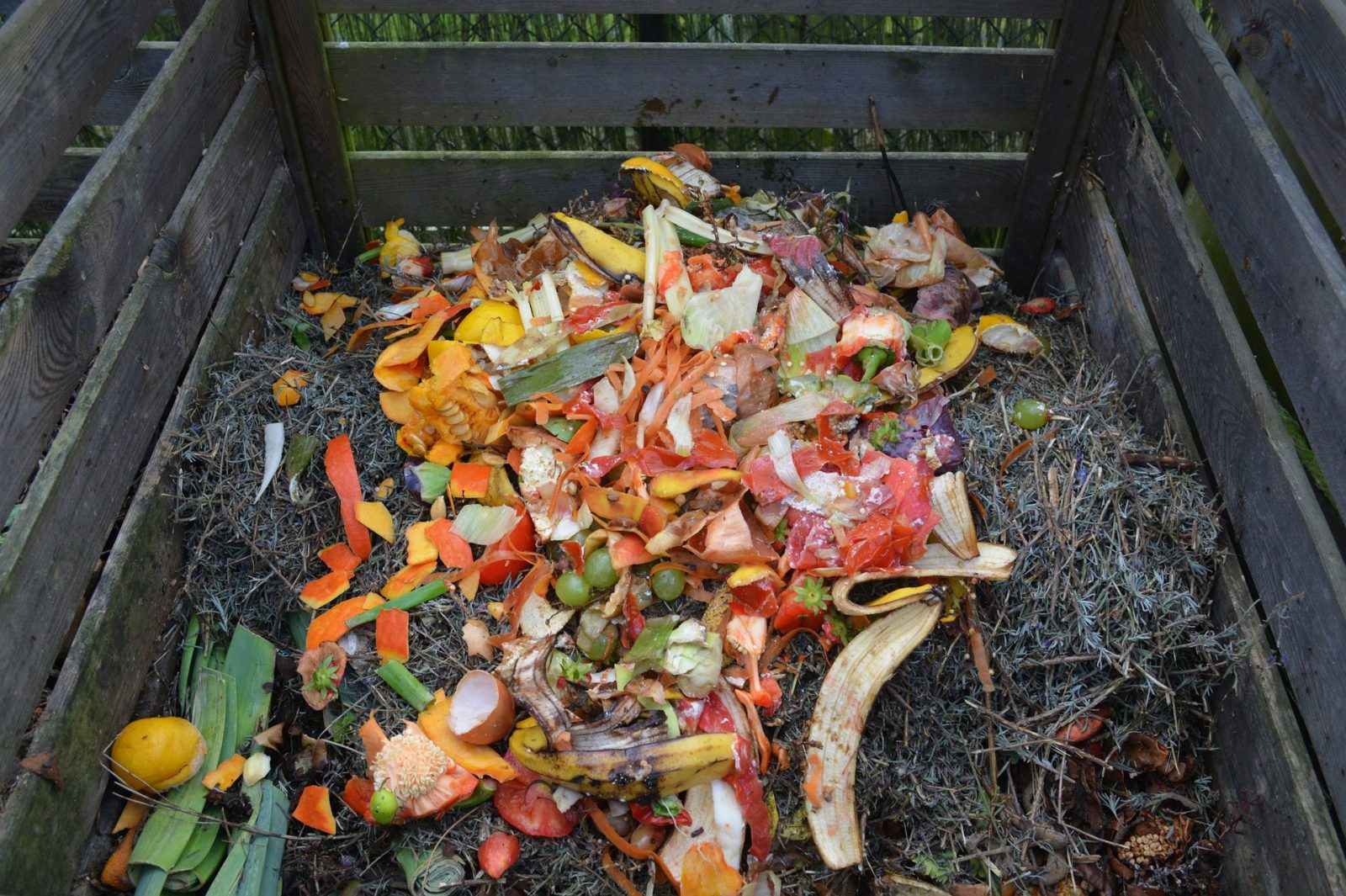Now more than even the fear surrounding climate change and the impacts on our environments, landfills overflowing with trash and oceans filling with garbage is overwhelming. But as little as efforts at home may feel, there’s something we can do about it! If you’re not positively contributing to the environment, you’re negatively contributing to the environment and a little bit of help can being in our own kitchens. No, composting won’t change the world’s environmental outlook overnight but if every person started doing whatever they could to help the environment, a slow steady improvement would be inevitable. Composting happens to be one of the easiest and most impactful ways to start positively impacting the Earth starting at home and in the kitchen. You do not have to have a garden in order to compost and contrary to some beliefs, it is feasible in whichever living situation you find yourself in!
Composting is a process that takes organic materials that would ordinarily be considered waste and produces a substance, sometimes referred to as humus, to condition soil. During the entire process, microorganisms (and sometimes worms!) break down the matter and speed up the decomposition process. Composting reduces both food and household waste that heads to the landfill and when the process is finished, it also produces an excellent nutrient rich substance to add back to the soil – whether that be in your own garden, your friends garden, your houseplants or even a local community garden. Soil provides nutrients for plants as they grow but those nutrients will run out and it’s imperative the soil is replenished. There’s no better way than by using compost and not only does it add nutrients, but it also helps break down any toxicity in the soil, prevent some diseases from forming and can even increase fertility. Whether we spend much time thinking about it or not, we depend on soil having nutrients for our survival. When soil loses all of its nutrients, it turns to dust and dust doesn’t tend to grow much of anything – in the big picture, composting is hugely significant but can conveniently start in our very kitchens.
Composting at home is as simple as knowing what to compost and what not to, in addition to having the right set up. If you have your own home with your own yard, the setup tends to be much more flexible and straightforward! Usually, the best place to start is by buying a compost bucket that you would keep somewhere handy when you’re in the kitchen. Slowly but surely, you fill that up as your breaking down vegetables and eventually dump it into your compost pile outside. Now, your compost pile outside is where the decomposing will take place and has to follow a few guidelines in order to work the most effectively. A person can build a compost bin or just have a pile somewhere in the yard but a bin definitely contains messes better. A compost bin needs to be a couple feet deep as well as wide and have a good amount of air flow so air holes or good gaps in the boards are imperative. The alternative to building your own bin is purchasing one; they are readily available in most home improvement stores and often even come with instructions! If you’re in an apartment situation or don’t have an outdoor living space, it’s still completely reasonable to consider composting. The best options in smaller spaces are either to save your food scraps and take them to a community composting area or to purchase (or make) a vermicomposter – a small self-contained composting system that uses worms to break down the organic material.
You
can compost way more than you’d think when you’re preparing meals and I
challenge you to take notice of how much less kitchen garbage you end up
sending to the curb each week!
Compostable Materials To Get You Started:
- Coffee grounds and tea leaves
- Egg shells
- Vegetable scraps
- Fruit skins
- Old dry bread or pizza crusts
- Stale crackers or pasta
- Old herbs
- Avocado pits
- Stale seeds (like pumpkin, sunflower, etc.)
- Swept up crumbs
- Used napkins and paper towels
- Used muffin/cupcake liners
- Paper towel rollers, pizza and take out boxes (as long as they have no wax or glossy finish)
- Cereal boxes, pasta boxes and cardboard egg cartons
- Toothpicks, wooden skewers and wine corks
- Outside of the kitchen you can compost pencil shavings, dead house plants and their soil, dust bunnies, cat and dog fur, wood shavings and sawdust, yard waste and a number of used bathroom materials
Not Compostable Items:
- Diseased yard waste, including diseased vegetables
- Meat or fish scraps, bones, fat or dairy – these all carry risk of disease once they start breaking down and attract unwanted animals!
- Moderate amounts of onion and garlic scraps and citrus fruits and their peels – they tend to kill off the microorganisms and ruin compose piles
- Plastic, glossy or wax coated paper
- Sawdust from treated wood
Composting contributes to overall environmental wellness, it creates free food for your soil and it is absolutely worth the work. Remember when you’re composting that the smaller your material is broken down, the more quickly it will compost so shred anything you can and be sure to stir your pile once in a while and add water to retain a good moisture balance. We are all about fueling our bodies well and in order to eat well, we need to treat the earth well as the earth graces us with the plants and food we depend on to both survive and thrive.
